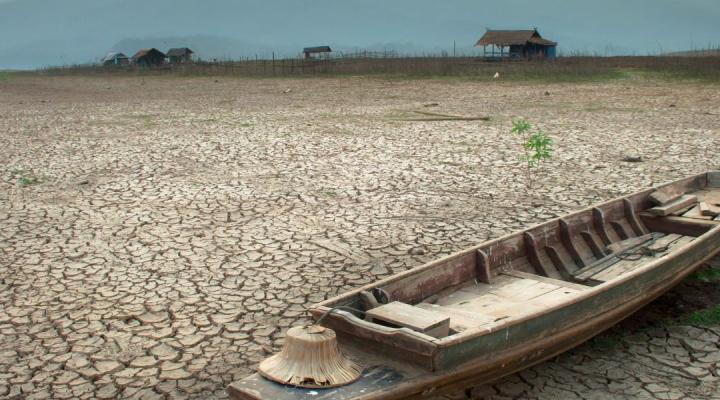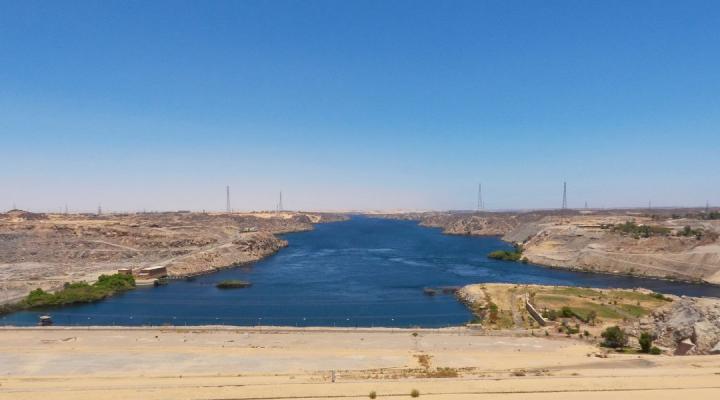Background resources on water scarcity for the Burjeel Holdings and Saïd Business School Climate Change Challenge
Water scarcity and climate change
According to UN Water, water and climate change are inextricably linked. Climate change affects the world’s water in complex ways. From unpredictable rainfall patterns to shrinking ice sheets, rising sea levels, floods and droughts – most impacts of climate change come down to water.
Climate change is exacerbating both water scarcity and water-related hazards (such as floods and droughts), as rising temperatures disrupt precipitation patterns and the entire water cycle.
According to the United Nations and UNICEF:
- About two billion people worldwide don’t have access to safe drinking water.
- Only 0.5 per cent of water on Earth is useable and available freshwater – and climate change is dangerously affecting that supply.
- Over the past 20 years, terrestrial water storage has dropped at a rate of 1 cm per year.
- Climate change, population growth and increasing water scarcity will put pressure on food supply as most of the freshwater used, about 70 per cent on average, is used for agriculture.
- Around 450 million children live in areas of high or extremely high water vulnerability.
- Every day, over 1000 children under 5 die from diseases linked to inadequate water, sanitation and hygiene.
- By 2040, almost 1 in 4 children will live in areas of extremely high water stress.

Extreme weather events are making water more scarce, more unpredictable, and more polluted. These impacts throughout the water cycle threaten sustainable development, biodiversity, and people’s access to water and sanitation.
According to the World Wildlife Fund, many of the water systems that keep ecosystems thriving and feed a growing human population have become stressed. Rivers, lakes and aquifers are drying up or becoming too polluted to use. The World Economic Forum has created this dramatic visualisation of disappearing surface water from in several locations around the world including Lake Urmia in Iran, Lake Meade in the USA and the Aral Sea in Russia.
At the current consumption rate, this situation will only get worse. By 2025, two-thirds of the world’s population may face water shortages, and ecosystems around the world will suffer even more.

A report by the Intergovernmental Panel on Climate Change (IPCC) states that temperature rises will be accompanied by big changes in the planet’s water cycle, with areas that are already wet becoming much wetter, and already arid areas becoming prone to greater drought.
You can also find out more about how global water crisis could spiral out of control due to overconsumption and climate change by reading this UN and UNICEF report.
Water and Climate Change
United Nations
Wake up to the looming water crisis, report warns
World Meteorological Organization | October 2021
Water Scarcity Overview
World Wildlife Fund
Water Stress: A Global Problem That’s Getting Worse
Council on Foreign Relations | April 2023 | Claire Klobucista and Kali Robinson
Climate Change 2021: The Physical Science Basis
Intergovernmental Panel on Climate Change (IPCC) | 2021
Flagship UN report extolls win-win water partnerships to avert global crisis
United Nations | March 2023
Climate Change and Water UN-Water Policy Brief
UN Water | September 2019
Climate change impacts on water security in global drylands
Elsevier | 2021 | Stringer, LC; Mirzabaev, A; Benjaminsen, TA et al.
How Climate Change Impacts Water Access
National Geographic





